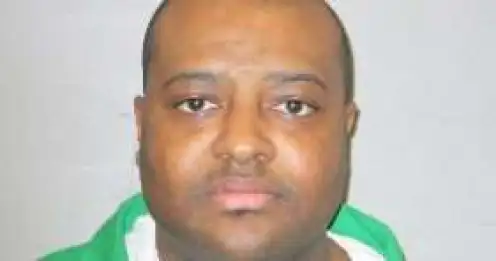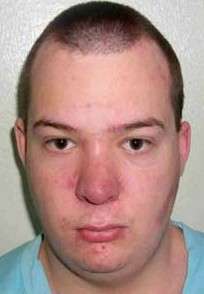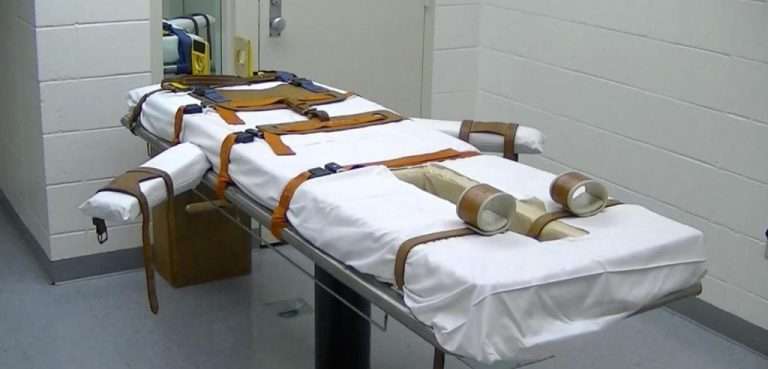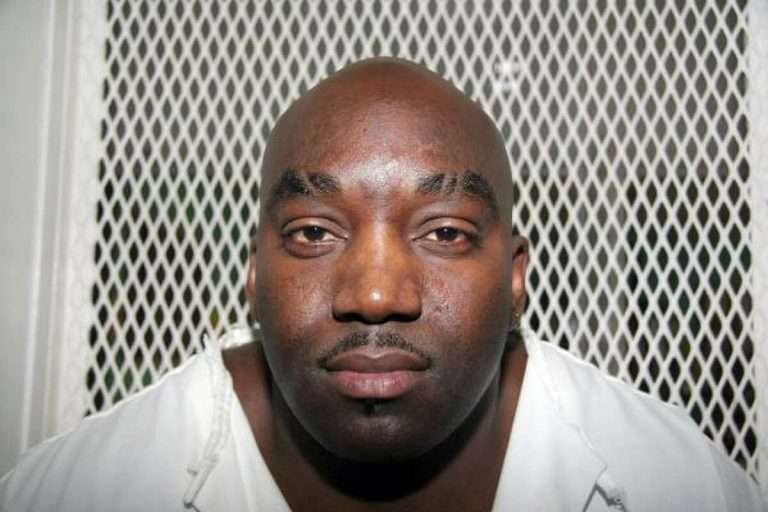Wesley Baker Executed For Jane Tyson Murder
Wesley Baker was executed by the State of Maryland for the murder of Jane Tyson
According to court documents Wesley Baker would carjack Jane Tyson fatally shooting her in the process in front of her grandchildren
Wesley Baker would be arrested, convicted and sentenced to death
Wesley Baker would be executed by lethal injection on December 5 2005
This would be the last execution in Maryland
Wesley Baker Photos

Wesley Baker FAQ
When Was Wesley Baker Executed
Wesley Baker was executed on December 5 2005
Wesley Baker Case
His arms were extended from his sides. His hands were balled in loose fists. His eyes were closed. In the moments before the chemicals that would kill Wesley Eugene Baker began flowing, the death row inmate lay still.
All day long, Baker had visited with friends and family. He had spoken to others by telephone. According to his lawyers, he talked about movies and memories. They said he again expressed remorse for the shooting that left a 49-year-old grandmother dying on a mall parking lot in front of her grandchildren. He joked that he still needed to lose 40 pounds. But when a corrections officer yanked open the curtains to the death chamber Monday night to begin the execution, Baker was among strangers, strapped to a 300-pound steel table, with intravenous lines trailing from both arms.
The room was dimly lit. With a white sheet draped over him and pulled nearly to his chin, only Baker’s bare arms, a snatch of fabric from his gray prison shirt and his head were visible. A prison chaplain hovered nearby and three men, including Randall L. Watson, the assistant commissioner of the Division of Correction and the man serving as the evening’s “execution commander,” stood in one corner.
On three sides of the square chamber were windows with reflective, one-way glass that prevented Baker and the others in the chamber from seeing out. Looking in from one of the windows were the prison warden, an assistant warden, a physician and the “injection team.” On the opposite side, behind another window, were four relatives of Jane Tyson, the elementary school teacher’s aide Baker was convicted of shooting outside Westview Mall on June 6, 1991. The family members asked prison officials not to identify them. A curtain along the back wall of the execution room obscured the state’s old gas chamber, just a few feet behind the execution table, on the second floor of the Metropolitan Transition Center, a former state penitentiary now used as a regional prison hospital.
Behind the third window — separated by a wall from the victim’s family — sat the official witnesses to the execution: five news reporters and Baltimore County police Chief Terrence B. Sheridan. They were joined by three public defenders who assisted Baker through years of court proceedings and appeals, all of which came to an end late Monday when the U.S. Supreme Court declined to review three new legal challenges and Gov. Robert L. Ehrlich Jr. chose not to intervene and commute Baker’s sentence. Gary W. Christopher, a bearded and graying federal public defender who represented Baker for a decade, had never witnessed an execution. He was there, he said, because Baker had asked him to be.
Baker also requested the attendance of Franklin W. Draper, who worked on Baker’s case for the past several years. In 1991, Draper watched another client, a confessed killer of 14, put to death in South Carolina’s electric chair. The third lawyer, Katy O’Donnell, chief of the state public defender’s capital defense division, had watched the 1997 execution of her client, Flint Gregory Hunt, convicted of gunning down a Baltimore police officer in an alley. “Just don’t write that it was peaceful,” she said Monday night as the witnesses were gathered in a waiting room of the old castle-like Baltimore prison where the state’s death chamber is located. “Really. Think about it. It’s not peaceful. It’s hard to read that.”
At 9:05 p.m., word came to the group waiting downstairs from the execution room: “We’re ready,” a prison official announced. The group walked up a narrow flight of stairs to the second floor. They filed into the witness room. They took seats on a small set of bleachers.
At 9:07 p.m., the lights went out. A prison official cleared his throat. A shadow appeared at the window behind the curtains. At 9:08 p.m., they opened. There were no last words. No one asked Baker whether he wished to say something. At a signal from the execution commander, lethal doses of three chemicals were added to the saline drip flowing into Baker’s veins. The Rev. Charles Canterna — a priest known as “Father Chuck” who ministers to parishioners at St. Vincent DePaul Roman Catholic Church and to inmates at the Supermax prison, including those on death row — stood beside Baker. He touched the condemned man’s forehead and his chest, nodding his head in prayer. He stepped back near the back wall.
At 9:09 p.m., Baker’s chest heaved. The priest returned to his side, again touching Baker’s forehead. About 40 seconds later, the inmate’s breathing became rapid and loud, his chest rising and falling in rapid succession. A gasping, suction-like noise could be heard through the glass. Baker’s hands remained balled in loose fists.
And then, there was nothing. The priest stood, eyes closed, occasionally nodding and shaking his head. The execution commander and the two men with him looked on from the corner. On the other side of the glass, the police chief sat very still. O’Donnell wiped her eyes. Christopher and Draper hung their heads, arms draped around each other’s shoulders. The reporters scribbled in their notebooks.
Just before 9:16 p.m., the corrections officer yanked closed the curtains. Wesley Baker’s time of death was 9:18 p.m. The manner of death provided by the medical examiner: homicide. Minutes later, with snow falling softly, the five witnesses and three lawyers left the prison.
http://www.baltimoresun.com/news/local/bal-witness1206,1,7410094.story?coll=bal-home-headlines






